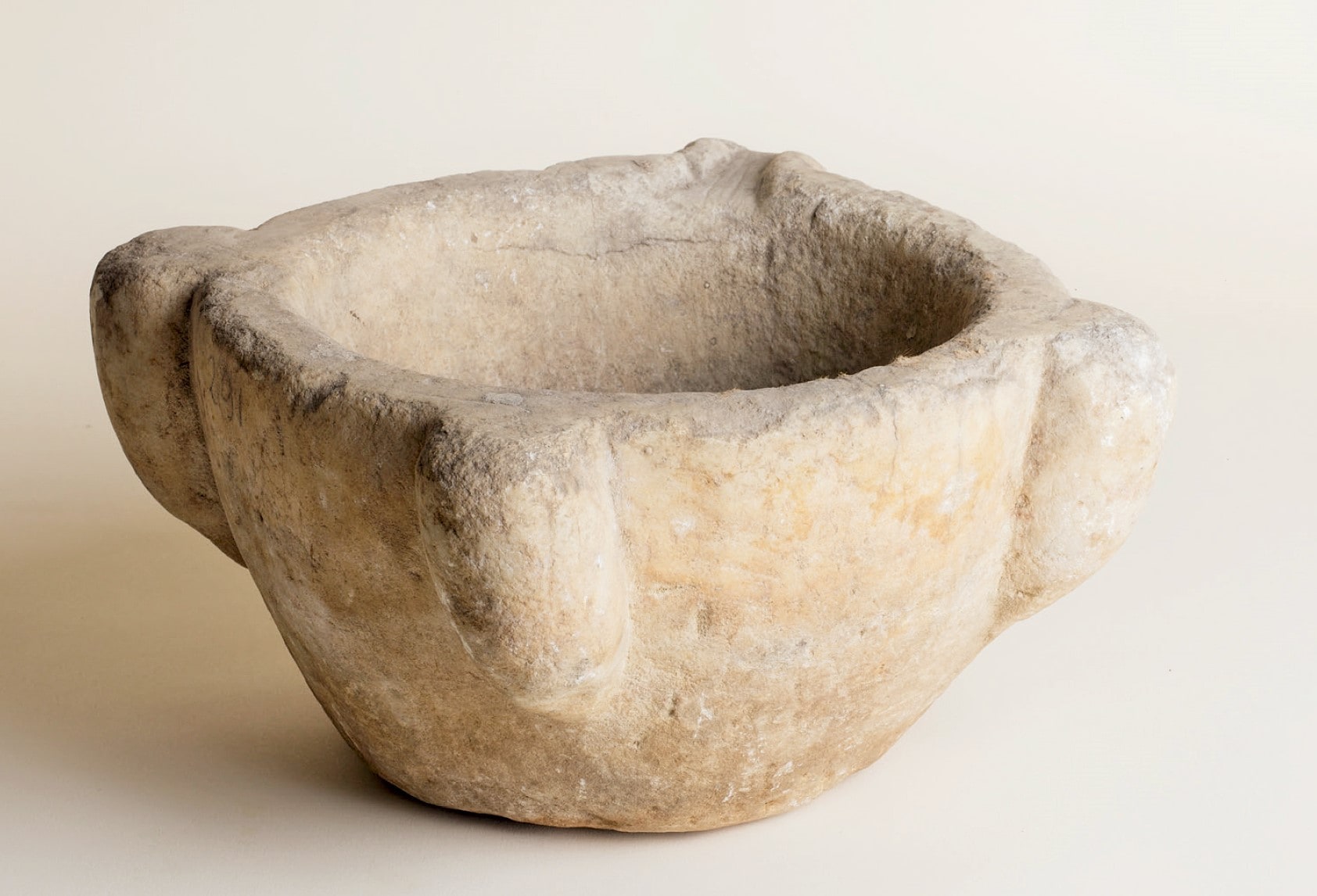24 April 2015
![]()
Engraved Copy of Botanical Illustrations from the Codex Aniciae Julianae, 18th century. University of Oxford, Bodleian Libraries, Sherardian Library of Plant Taxonomy.
Knowledge of plants and the practice of healing are closely entwined. The toxic or hallucinogenic nature of some roots, and the dangers associated with picking them, conferred a mythical or magical character and power.
Pedanius Dioscorides (ca. 40–90 AD), a physician from Anazarbus, in Cilicia, described more than 500 plants and alimentary products, including medicinal uses, preparations, and dosages, in De Materia Medica (On Medical Substances). Those recorded included varieties from the Mediterranean basin and an array of prized exotic plants. The transmission of De Materia Medica, including its translation into Arabic and Latin, was made possible through Byzantine manuscripts, the earliest surviving witnesses of the text.

Stone Mortar, Byzantine, Marble. İstanbul Archaeological Museums.
Galen of Pergamon (129–ca. 216 AD), a physician and surgeon, employed medicinal plants individually and as complex concoctions devised for specific therapies. His theriac (antidote) for Emperor Marcus Aurelius consisted of more than seventy ingredients, among them opium. His pharmacopoeia also covered cosmetics and commotics…
- Brigitte Pitarakis, curator of Life Is Short, Art Long
Tuesday - Saturday 10:00 - 19:00
Friday 10:00 - 22:00
Sunday 12:00 - 18:00
The museum is closed on Mondays.
On Wednesdays, the students can
visit the museum free of admission.
Full ticket: 300 TL
Discounted: 150 TL
Groups: 200 TL (minimum 10 people)